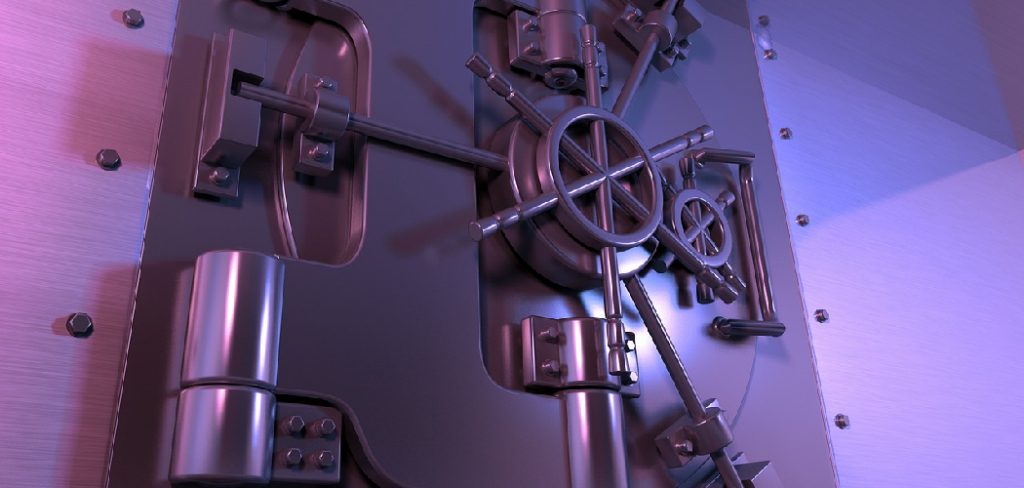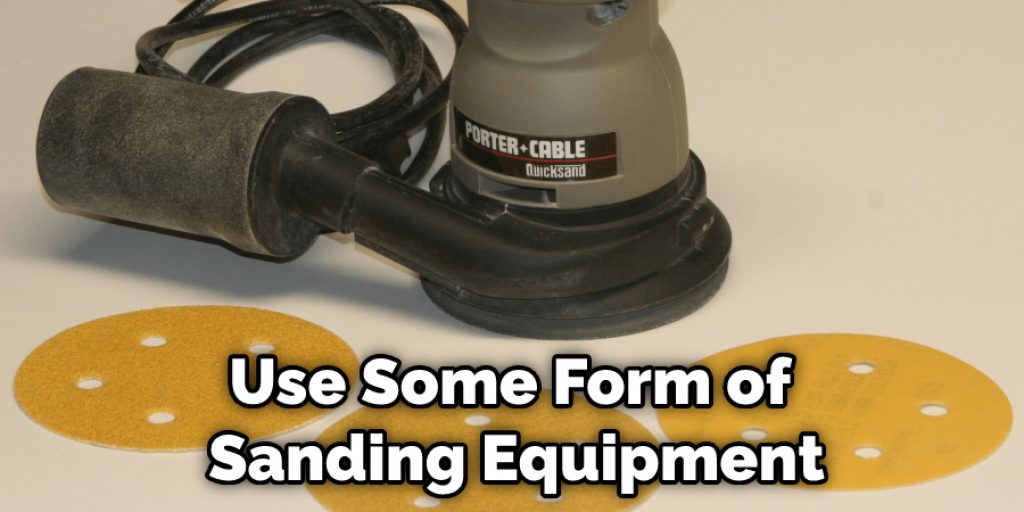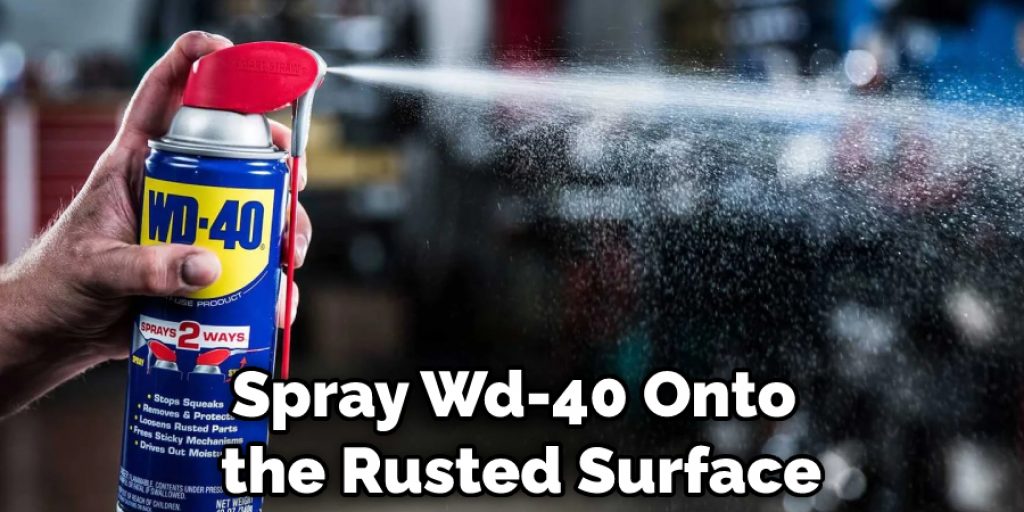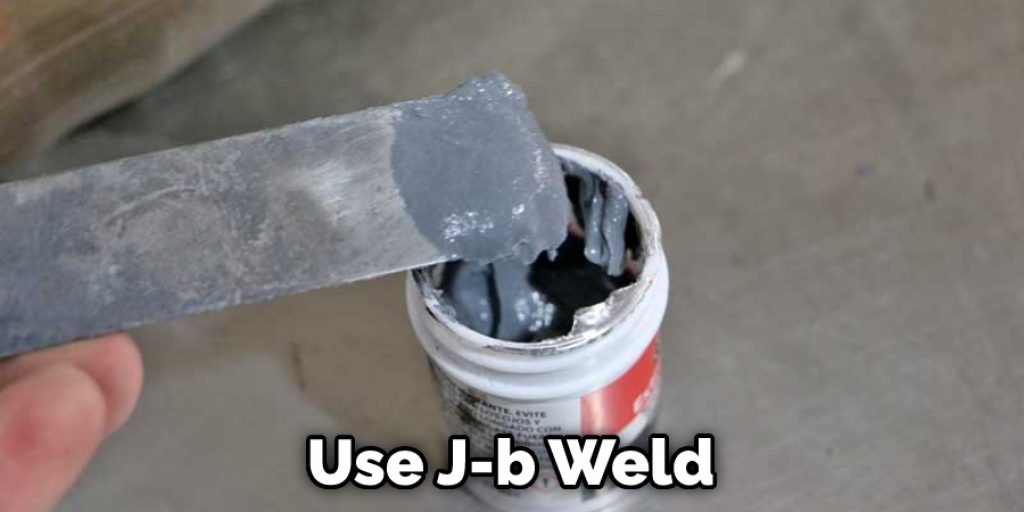Did you know that armored doors can rust? And, when they do rust, it can be a real pain to repair them. This blog post will show you how to repair armored door rust so your door looks as good as new. Stay tuned!

Repairing armored door rust is important because it can help keep your door looking new and in good condition. If you don’t fix the rust, it can eventually cause more damage to the door, which can end up costing you more money in the long run. So, make sure to repair any rust as soon as you notice it!
Summary: Repairing armored doors can be a difficult task, but with proper tools and steps it is possible. The process begins by disassembling the door and then cleaning the metal with a rust cleaner.
Afterward, any rusty parts must be repaired or replaced. Then electric current can be used to remove remaining rust. Sanding should follow to create a smoother surface before applying rust protection for long-term protection of your door. Finally, reassembly will complete the repair process.
Things You’ll Need
- Steel wool
- Grease
- Patience
Place steel wool in the ungreased pot. Heat steel wool on low heat to avoid charring or burning it. Add grease and let soak. Mix the two ingredients, scraping them up with a metal utensil like a spoon to get all of the pieces onto the bottom of the pan. Clumps tend to stick ;).
Scrub the door with an even coat of oil, then generously apply oil to the door’s rust areas with your hands or cloth rag (do not use dry). For heavily rusted spots, reapply oil; be persistent; keep at it! Repeat the process each time you see new rust appear on the surface over the next few days.
A Stepwise Guide on How to Repair Armored Door Rust
Step 1: Disassembly
To repair an armored door’s rust, you will need to disassemble the entire unit. Be sure to remove all screws and bolts before prying it apart. In most cases, these metal parts are joined together by an adhesive and a metallic strip. You will need to remove all of these before proceeding.
Once you have removed all the fasteners, the door will come apart quickly and without too much noise. Now that you have the door apart, you can see the extent of the rust damage and how it has eaten through all those parts.
Step 2: Cleaning
Once you have disassembled your armored door, it is time to clean everything thoroughly. There may be dirt and old grease in the crevices. These will prevent a solid adhesion of the paint and rust preventatives you use later. Clean everything as well as possible with some hot water and a clean cloth (no soap or solvent; they may dissolve some of the grease, which is not what you want). Make sure to dry everything off before proceeding.

Step 3: Repairing the Rusty Parts
Now that your door is clean, it is time to repair some rust. There are many ways how you can go about doing this. First, you can either spot-repair or sandblast all the rusty areas and then repair them individually. A third method is to use a combination of both.
Spot repair is a method of repairing small areas of damage on metal surfaces. The advantage of spot repair is that it does not require any preparation, and you can start painting immediately after doing the repair. The disadvantage of spot repair is that if you allow rust to sit for too long, it may spread through the metal and damage other parts as well.
Sandblasting is a good way to remove rust en mass without compromising the underlying metal. However, it does require some preparation, and you will need to use some filler first. It also takes longer to prepare everything for painting.
Step 4: Remove Rust with Electrical Current
This is another possible method how to removing rust from sheets of metal. This method requires a direct electrical current, which you will run through the sheet metal to make the oxidation process work faster. You can either use a small generator or an old car battery for this purpose, but keep in mind that doing it with the latter may be dangerous if you are unsure how to do it safely.
Step 5: Rust Removal
Removing rust can be done in two ways: using a rust converter or sanding it off. A rust converter will turn the rust into magnetite, while sanding it off will remove the rust completely. Each method has its own advantages and disadvantages.
Using a rust converter is very simple and straightforward: You paint everything with the solution and wait for it to dry. However, the rust converter will only work when it finds metal not covered with lacquer or paint. This means you would have to disassemble your armored door entirely and do some sanding in between the metal parts before you can use a rust converter. And even then, there are no guarantees how long the reaction will last.
Sanding, on the other hand, is more time-consuming and arduous. However, you can use it even if some paint layers are covering your metal parts (although rust converters may not be able to convert the old rust under such conditions). If you do sand everything down first, make sure you go down to the bare metal. You will have to use some wonderful sandpaper, ideally 1000 or above.
Step 6: Sanding
When repairing armored door rust, you will have to use some form of sanding equipment. This is how the paint will stick to the metal surface better. Make sure that you choose a coarse type of paper or pad so it will remove all those little divots and dents left by the rust before you apply the filler.

Step 7: Rust Protection
After you’ve removed all the rust from your armored door, it’s time for the next step: rust protection through painting. It may seem odd to spend all that time removing rust only to apply paint for protection, but it’s necessary to remove all the rust quickly in order to effectively repair the door.
If you use high-quality paint from one of the professional-grade manufacturers, your solution will last years without any problem – even without applying for any further protection. However, if you are looking for how to repair armored door rust to save money, you can also use automotive primers or rust converters followed by paint.
Step 8: Reassembly
Once the rust protection is applied and dried up completely (which takes about one day), it is time to reassemble your armored door. This step is easy to do after you have finished sanding down the metal parts. However, if you have some rust, it may be wise to check how well they are protected by applying some primer on top of them before reassembling everything. This way, you ensure your doors will be resistant to rust for at least another year.
Frequently Asked Question
Can You Paint Over Rust on A Door?
Yes, you can paint over rust on a door. However, it’s important to remove as much of the rust as possible before painting. Use a wire brush or sandpaper to remove any loose rust, then clean the surface with a damp cloth. Once the surface is dry, you can apply a coat of primer followed by your desired paint color.
Can You Repair a Metal Front Door?
Yes, you can repair a metal front door. However, it’s important to remove as much of the rust as possible before repairing it. Use a wire brush or sandpaper to remove any loose rust, then clean the surface with a damp cloth. Once the surface is dry, you can apply a coat of primer followed by your desired paint color.
Does Wd 40 Remove Rust?
WD-40 is a lubricant and degreaser that is often used to remove rust. Spray WD-40 onto the rusted surface and let it soak in for a few minutes. Then use a wire brush or sandpaper to remove any loose rust, and clean the surface with a damp cloth. Once the surface is dry, you can apply a coat of primer followed by your desired paint color.

Does Vinegar Remove Rust?
Yes, vinegar can also be used to remove rust. Soak a cloth in vinegar and rub it onto the rusted surface. Let the vinegar soak in for a few minutes, then use a wire brush or sandpaper to remove any loose rust, and clean the surface with a damp cloth. Once the surface is dry, you can apply a coat of primer followed by your desired paint color.
What Is the Best Paint to Use on Rusty Metal?
The best paint to use on rusty metal is rust-inhibiting paint. These paints are specifically formulated to resist rust and are available in a variety of colors. They can be applied over existing paint, so there’s no need to remove the rust first.
How Do You Fill Holes in Metal without Welding?
One way to fill holes in metal without welding is to use a product called J-B Weld. This epoxy putty is designed to bond metal together, and it can be used to fill holes in a variety of materials, including metal. It’s important to make sure that the surface is clean and dry before using J-B Weld, and the putty should be applied in thin layers. Once it’s dry, it can be sanded and painted.

You Can Check It Out to: Repair Small Tear in Car Headliner
Conclusion Paragraph
While repairing armored door rust may seem daunting at first, it is a process that can be completed with relative ease by following the steps we’ve outlined. Take your time and use the right materials to get the best results. Have you repaired armored door rust before? What tips do you have to share? Let us know in the comments below. Thanks for reading our post about how to repair armored door rust.
You Can Check It Out to: Repair Styrofoam
